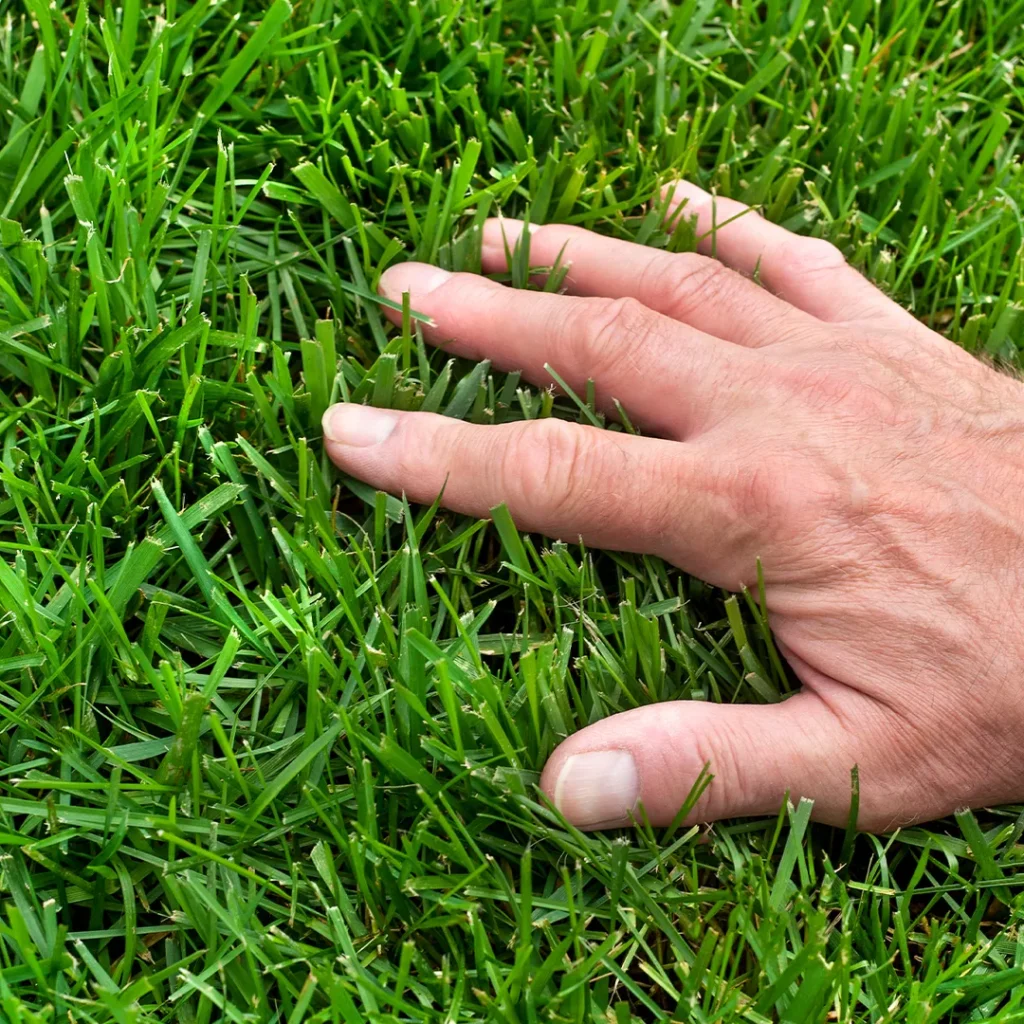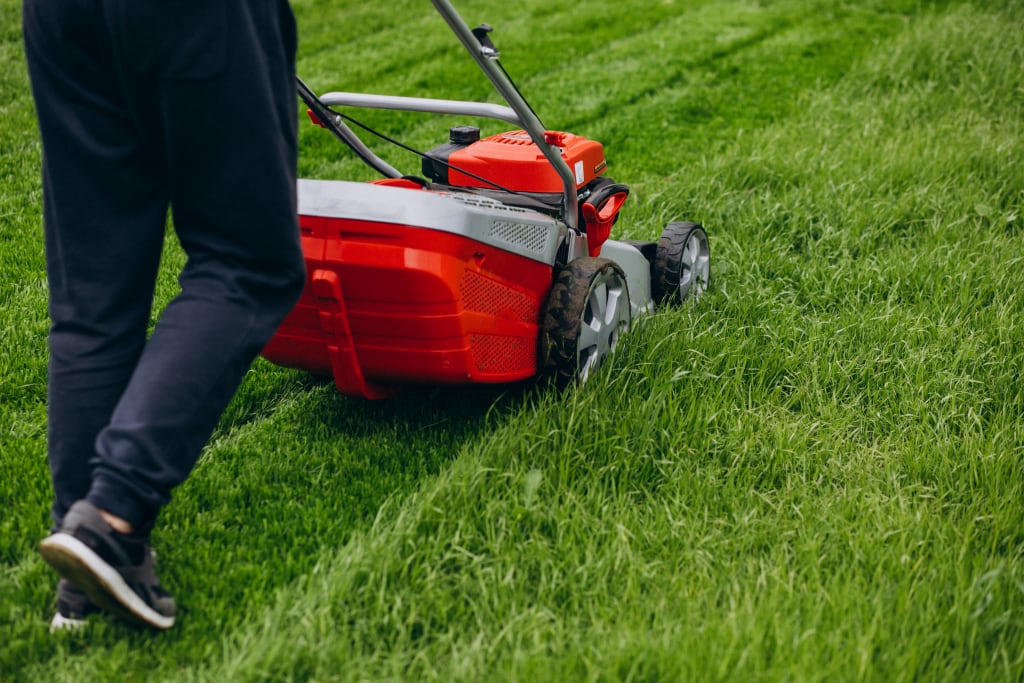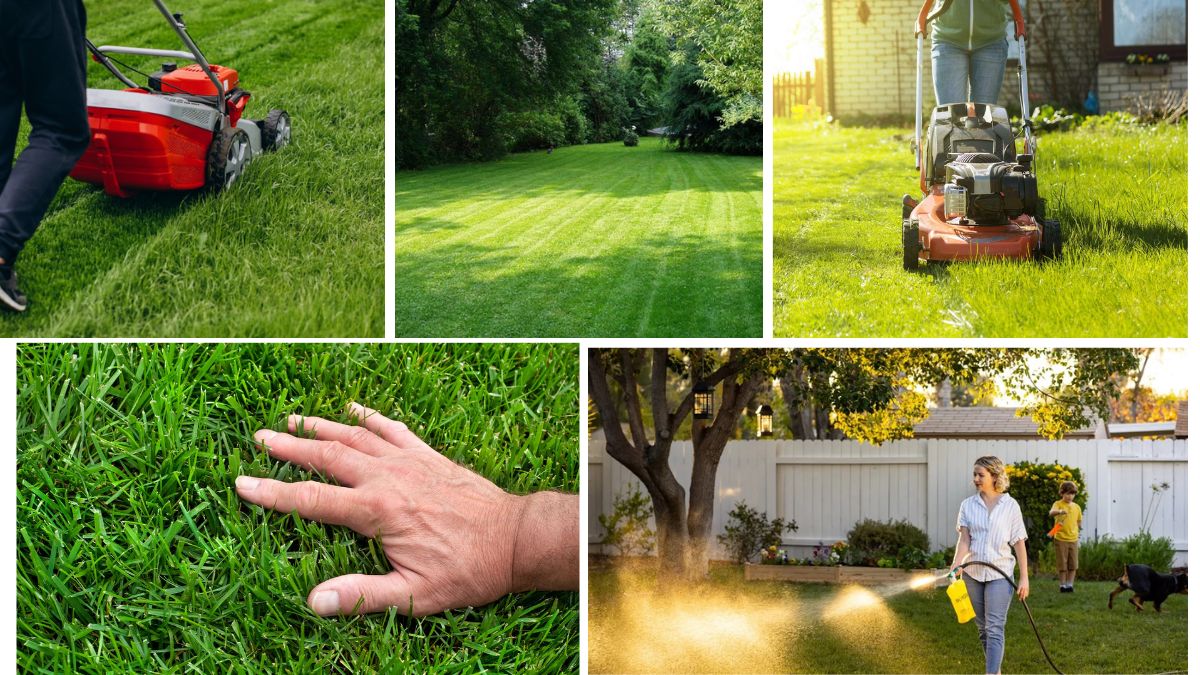A lush, green lawn is the pride of any homeowner. Whether you’re hosting a backyard barbecue, playing with kids, or simply enjoying the view, a well-maintained lawn sets the tone for your outdoor space. But keeping grass healthy isn’t just about mowing—it’s about understanding the needs of your lawn and meeting them with timely care. If you’re looking to achieve thick, vibrant grass that looks like a carpet year-round, here are some essential grass care tips every homeowner should know.
1. Choose the Right Grass Type for Your Region

Before you plant a single seed or roll out sod, you need to select the correct grass variety for your climate and soil.
- Warm-season grasses like Bermuda, Zoysia, and St. Augustine thrive in hotter climates.
- Cool-season grasses like Fescue, Bluegrass, and Ryegrass are best for cooler regions.
- In parts of India, warm-season varieties like Bermuda grass (Doob Grass or Dhurva) and Zoysia are ideal due to their heat tolerance.
Tip:
Test your soil’s pH and drainage. Grass grows best in soil with a pH between 6.0 and 7.0 and well-drained texture.
2. Prep the Soil Before Planting
Healthy grass starts from the ground up. Preparing your soil before planting ensures your lawn gets the nutrients and structure it needs.
- Remove weeds, rocks, and debris from the area.
- Loosen the top 4–6 inches of soil using a rake or tiller.
- Mix in compost or well-rotted manure to improve soil fertility and texture.
- Level the area to prevent water pooling.
3. Seed, Sod, or Turf Rolls? Know Your Options

Depending on your budget and timeline, there are a few ways to start your lawn:
- Seeding is economical but takes time to establish.
- Sodding provides instant green coverage but is costlier.
- Turf rolls offer quick results and are easier to maintain initially.
Water and fertilize appropriately after installation for successful rooting.
4. Master the Art of Watering
Watering is critical—but overwatering or underwatering can damage your lawn.
- Water early in the morning (6–9 AM) to reduce evaporation and fungal growth.
- Lawns typically need 1 to 1.5 inches of water per week, including rainfall.
- Use deep, infrequent watering instead of light, daily watering to encourage deep root growth.
Tip:
To check if your lawn needs watering, step on the grass. If it doesn’t spring back quickly, it’s time to water.
5. Mow Properly and Regularly

Mowing isn’t just about keeping your lawn tidy—it encourages healthy growth.
- Never cut more than 1/3 of the grass height in one mow.
- Keep your mower blades sharp to avoid tearing grass blades.
- Adjust the cutting height depending on the season. In hot weather, let grass grow a little taller to shade the soil and reduce water loss.
Bonus Tip:
Leave grass clippings on the lawn—they break down and return nutrients to the soil, a process called grasscycling.
6. Fertilize the Right Way
Grass requires nitrogen, phosphorus, and potassium to thrive. Applying the correct fertilizer at the right time can make a big difference.
- Use a slow-release nitrogen fertilizer for long-lasting effects.
- Apply fertilizer during active growth periods:
- Cool-season grass: Spring and fall.
- Warm-season grass: Late spring through summer.
- Water your lawn after fertilizing to help the nutrients soak into the soil.
Organic Options:
Compost tea, vermicompost, and cow dung manure are excellent natural fertilizers.
7. Keep Weeds and Pests at Bay

Weeds compete with grass for nutrients, sunlight, and water. Common lawn weeds include crabgrass, dandelions, and clover.
- Apply pre-emergent herbicides in early spring to prevent weed seeds from sprouting.
- Use post-emergent herbicides to target existing weeds.
- Manual weeding is effective and safe, especially in small lawns.
Pests like grubs and ants can also harm lawns. Neem oil spray or diatomaceous earth offers organic solutions without damaging grass.
8. Aerate Your Lawn Annually
Over time, soil becomes compacted, restricting airflow, water, and nutrients from reaching grass roots.
- Aeration involves perforating the soil with small holes to relieve compaction.
- It’s best done in the growing season:
- Early spring or fall for cool-season grasses.
- Late spring for warm-season grasses.
After aerating, fertilize and water to encourage healthy root development.
9. Dethatch to Remove Excess Organic Build-Up

Thatch is the layer of dead grass, roots, and debris that accumulates between the soil and grass blades.
- A thin layer (under 0.5 inch) is normal and even beneficial.
- Too much thatch prevents water and nutrients from reaching roots.
- Dethatch using a thatching rake or machine in spring or early fall.
10. Watch Out for Lawn Diseases
Brown patches, yellowing, or wilting grass could indicate a disease.
- Fungal diseases like dollar spot, rust, or brown patch are common in moist, poorly ventilated lawns.
- Reduce nighttime watering and improve air circulation.
- Apply fungicide if necessary and always follow the label instructions.
11. Seasonal Care Is Crucial
Spring:
- Rake off dead grass and debris.
- Apply a pre-emergent herbicide.
- Fertilize lightly.
Summer:
- Water deeply.
- Mow high.
- Avoid heavy fertilization during peak heat.
Fall:
- Overseed to fill in bare spots.
- Fertilize to prepare grass for winter.
Winter:
- Avoid walking on frozen grass.
- Keep the lawn free of debris and leaves.
12. Overseed to Fill in Gaps and Thicken Lawn
Overseeding involves spreading grass seed over an existing lawn to improve thickness and uniformity.
- Choose the same or a compatible grass variety.
- Mow the existing lawn short before overseeding.
- Water daily until new grass establishes.
Final Thoughts
Creating and maintaining a green, healthy lawn doesn’t have to be overwhelming. With the right grass type, consistent care, and seasonal attention, any homeowner can enjoy a lush, vibrant yard. Whether you’re starting from scratch or reviving an existing lawn, following these grass care tips will help you achieve results that you—and your neighbors—will admire.





